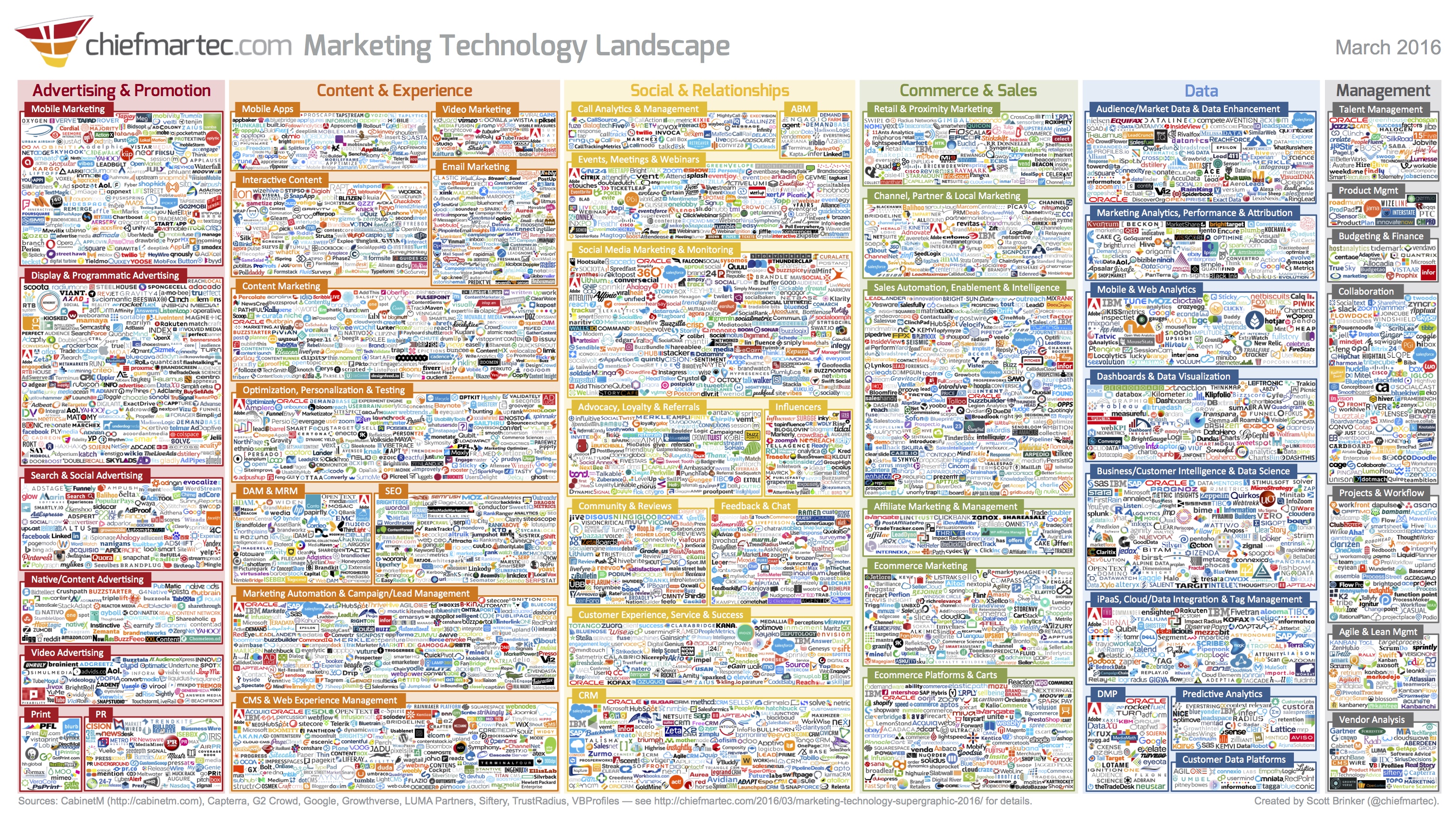The Cognitive Merchandiser is a reference application built on the following Premise:
While the former is an issue with Intents not being captured properly and responed to, the latter is the solution for the problem.
Over $4.3 Trillion dollars worth of merchandise was left in checkout pages in 2014 ( http://www.businessinsider.com/heres-how-retailers-can-reduce-shopping-cart-abandonment-and-recoup-billions-of-dollars-in-lost-sales-2014-4)
Top reasons are shipping costs but also I was just browsing The Retail experience wasn't able to complete a sale because of two reasons that I am Hypothesising
- User experience as well as persona's are getting built much prior to the actual application development.
- Once created , Designers draw based on these and leave.
- Implemented UX Personas are captured generically, sample this quote:
Each persona represents a significant portion of people in the real world and enables the designer to focus on a manageable and memorable cast of characters, instead of focusing on thousands of individuals. Personas aid designers to create different designs for different kinds of people and to design for a specific somebody, rather than a generic everybody (https://www.smashingmagazine.com/2014/08/a-closer-look-at-personas-part-1/)
A Cognitive layer is proposed on top of everything else, it caters to *One* and can operate on multiple concepts simultaneously and can scale at will.
The Cognitive App is considered a succcess if:
- It takes in a plainly worded but Intent oriented persona and returns a cognitive set of characteristics which will be used as a training set.
- The visual recognition API learns Catalog and Maps intents ( A Retailer sample in a catalog.js is checked in
datafolder) - The Relationship Extractor ML API retreives and matches information between the Persona and the Catalog.
- User supplies a search result say White Jacket, a NLP system undertands that White is a color and Jacket is in the Catalog matched to the Alpha Male
- System matches and returns all white jackets as a page on the Site
- This page was not defined anywhere.. The page components are automatically merged in and user experience components chosen accordingly.
- YMMV: The App should then attempt to Title this page and fetch potentially a related article.
##Key Technologies used
watson developer cloudwebpackReactJSRedux
##Getting Started
- Node, NPM and Mongo are the only requirements right now.
npm installnpm run devornpm run build- Open
http://localhost:3000/Persona - Fill the Brand brief and submit ( See Issues)
#Status
Everything is wired up using the NodeJS SDK for Watson Cloud. Actions, Reducers are all wired in and respond to changees.
#Boiler plate credits React-Go for the Base React, Redux and Express Architecture: https://github.com/reactGo/reactGo
#Roadmap Re-inforcement learning using Pavlov https://github.com/nathanEpstein/pavlov.js
